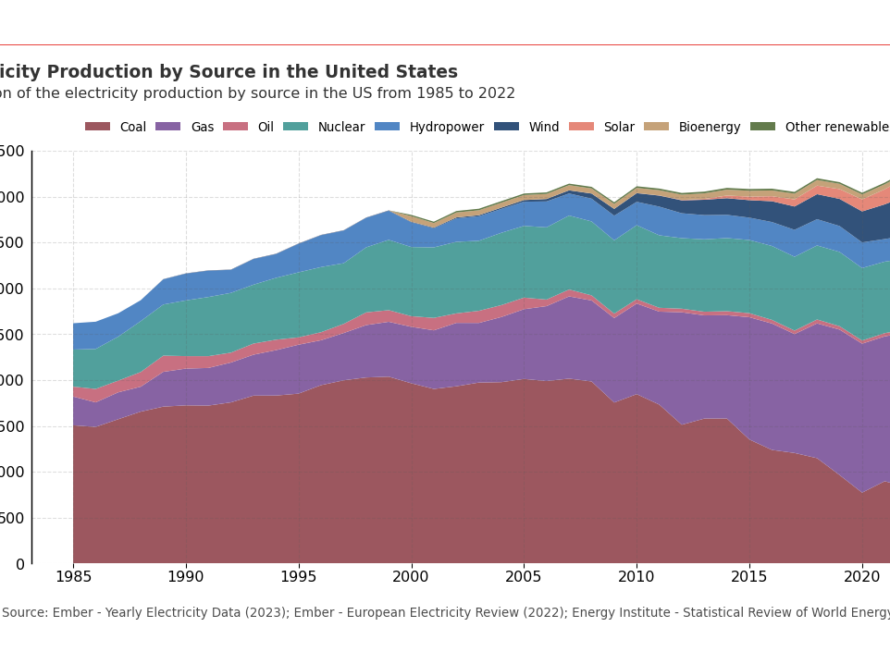A deep exploration of TiDE, its implementation using Darts and a real life use case comparison with DeepAR (a Transformer architecture)
As industries continue to evolve, the importance of an accurate forecasting becomes a non-negotiable asset wether you work in e-commerce, healthcare, retail or even in agriculture. The importance of being able to foresee what comes next and plan accordingly to overcome future challenges is what can make you ahead of competition and thrive in an economy where margins are tight and the customers are more demanding than ever.
Transformer architectures have been the hot topic in AI for the past few years, specially due to their success in Natural Language Processing (NLP) being one of the most successful use cases the chatGPT that took the attention of everyone regardless if you were an AI enthusiastic or not. But NLP is not the only subject where Transformers have been shown to outperform the state-of-the-art solutions, in Computer Vision as well with Stable Diffusion and its variants.
But can Transformers outperform state-of-the-art models in time series? Although many efforts have been done to develop Transformers for time series forecasting, it seems that for long term horizons, simple linear models can outperform several Transformer based approaches.
In this article I explore TiDE, a simple deep learning model which is able to beat Transformer architectures in long term forecasting. I also provide a step-by-step implementation of TiDE to forecast weekly sales in a dataset from Walmart using Darts a forecasting library for Python. And finally, I compare the performance of TiDE and DeepAR in a real life use case from my company.
As always, the code is available on Github.
TiDE is a novel time-series encoder-decoder model that has shown to outperform state-of-the-art Transformer models in long-time horizon forecast [1]. It is a multivariate time-series model that is able to use static covariates (e.g. brand of a product) and dynamic covariates (e.g. price of a product) which can be…



